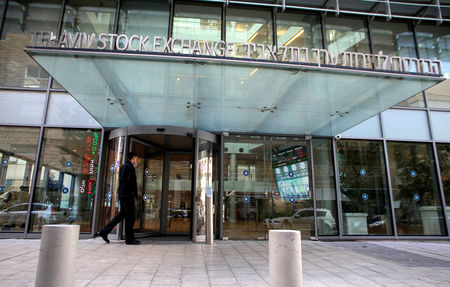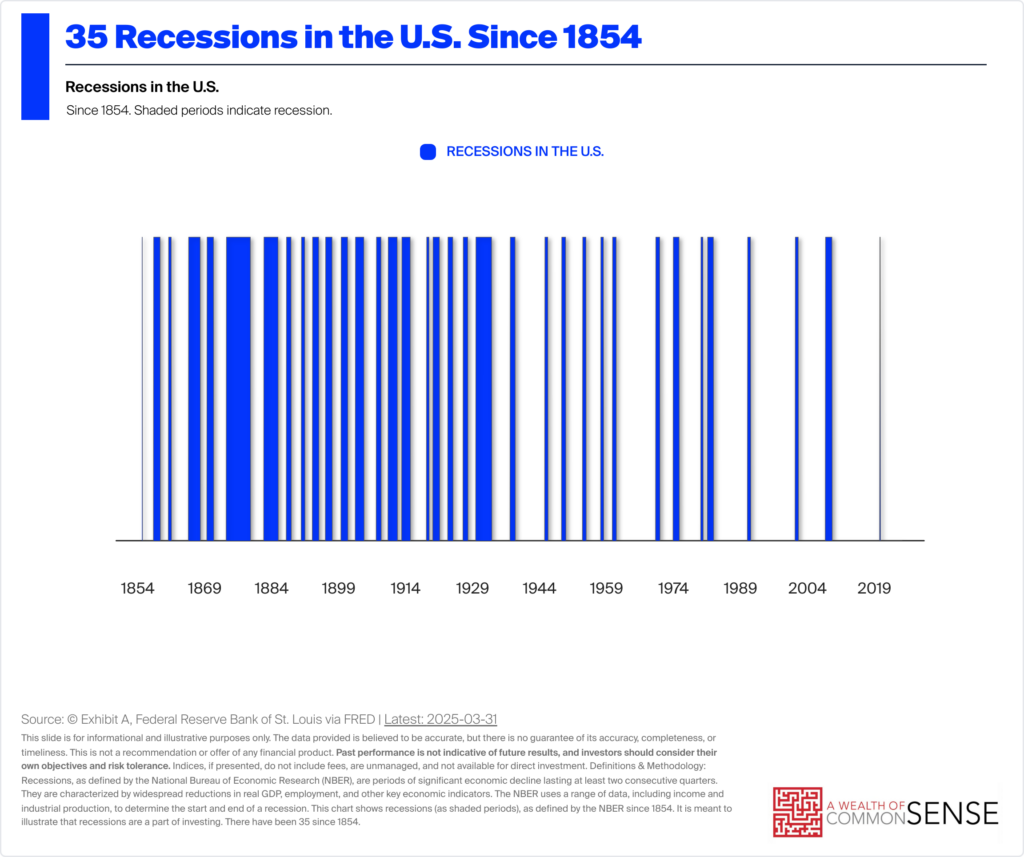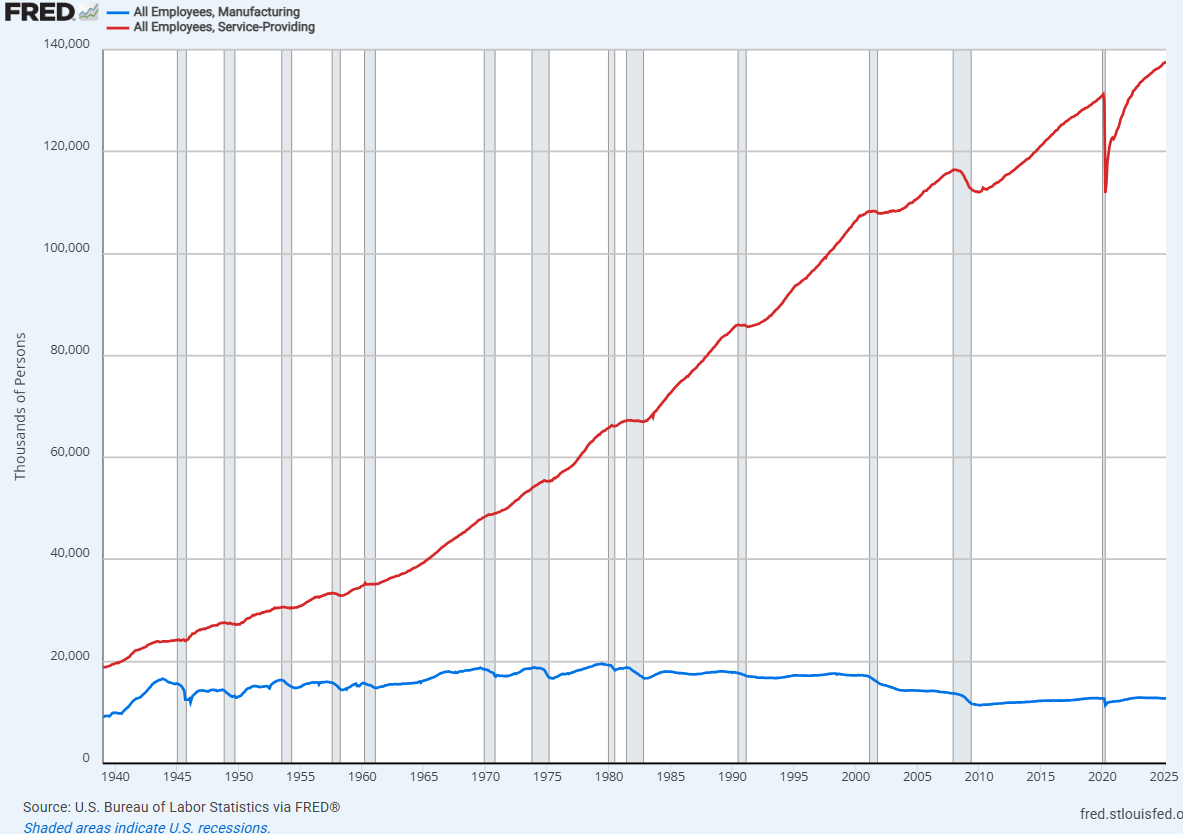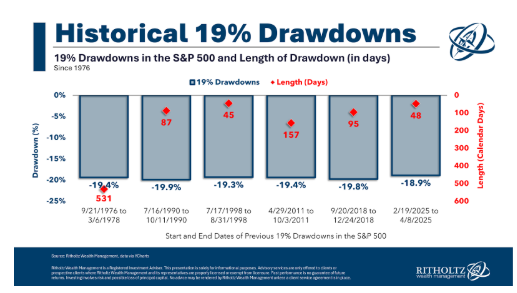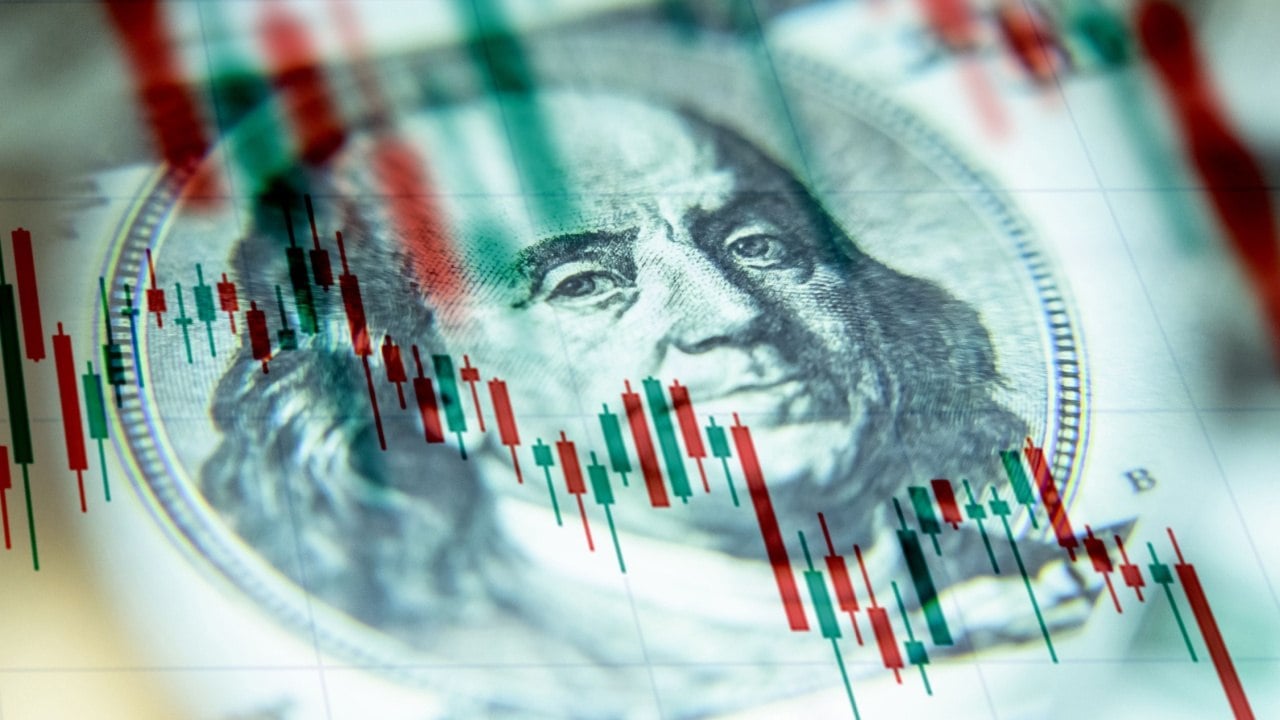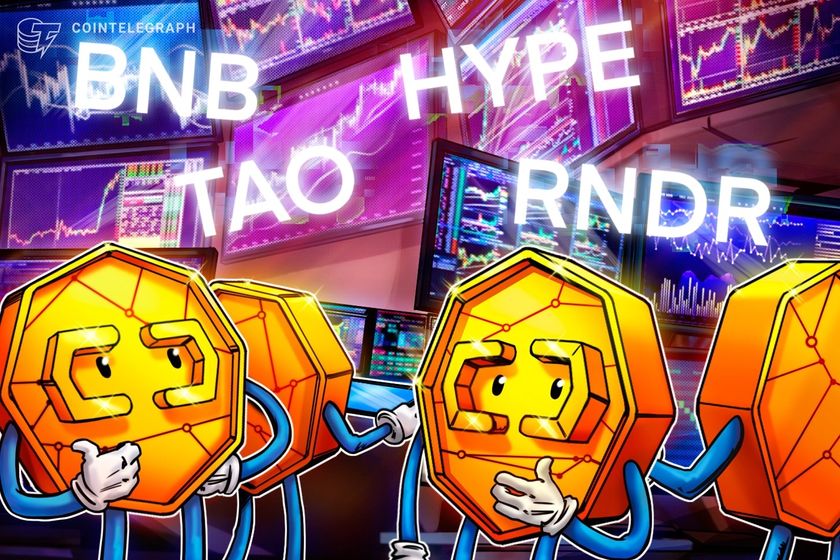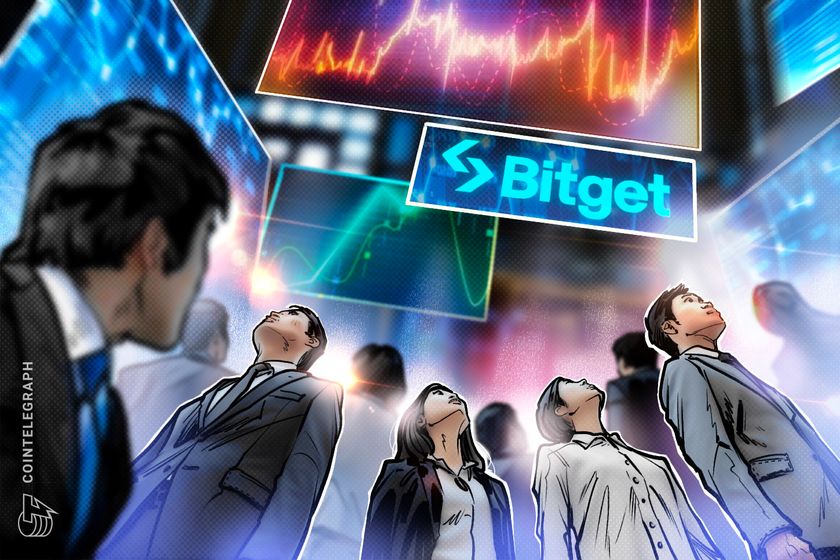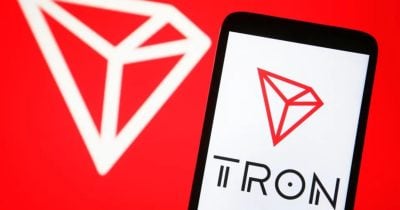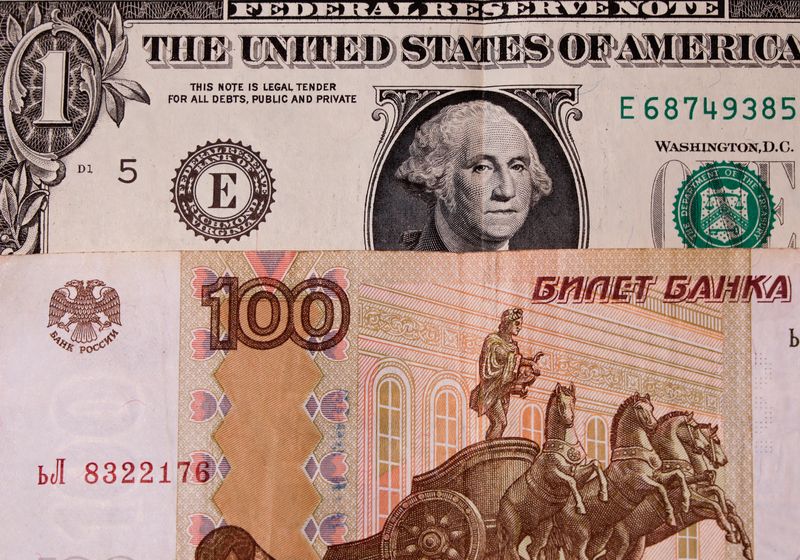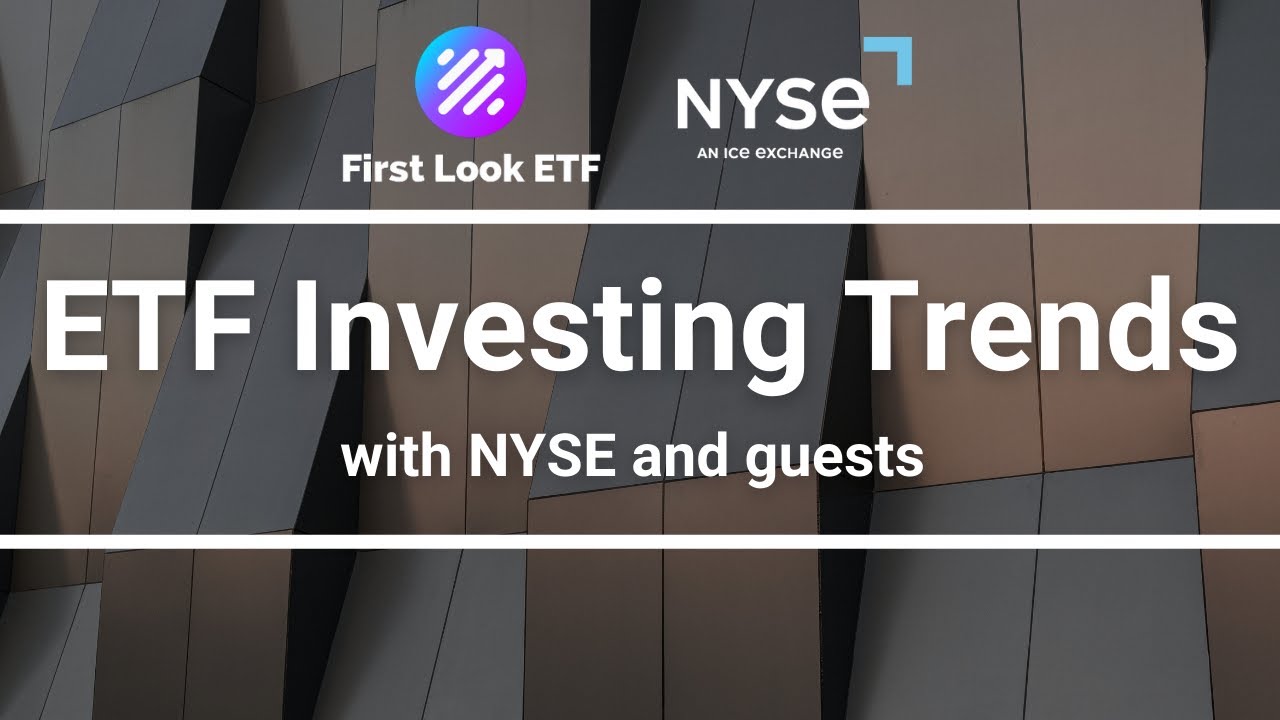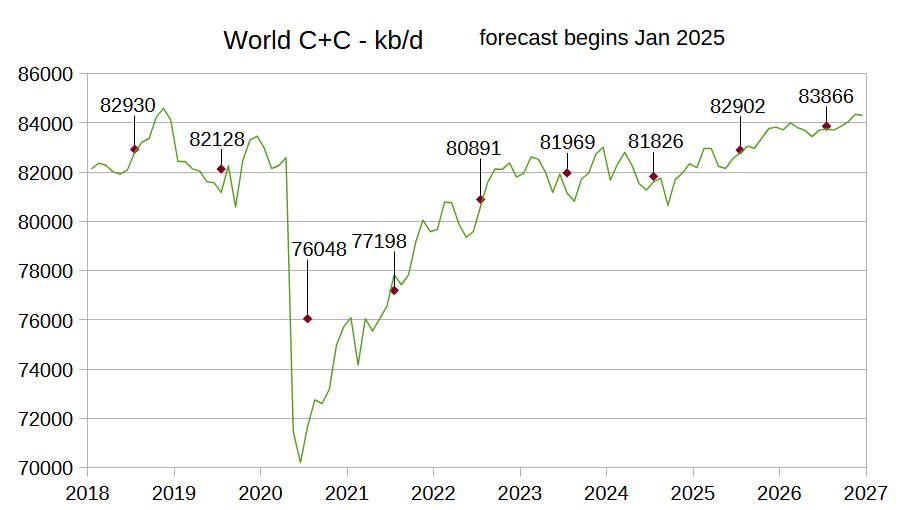If You'd Invested $1,000 in Nvidia Stock 5 Years Ago, Here's How Much You'd Have Today
Coming up just short of the 4% gain that the S&P 500 has enjoyed since the start of the year, Nvidia (NASDAQ: NVDA) has risen only about 3.4% in 2025. It may feel unfamiliar to see the artificial intelligence (AI) superstar in this position considering it soared 171% in 2024 while the S&P 500 ripped more than 23% higher.But how about expanding your perspective to a few years ago? Had you picked up Nvidia stock five years ago, would you be looking at a profit from your investment or would you still be waiting for it to recover?While AI stocks have only become prominent on most investors' radars in the past couple of years, Nvidia had been working to emerge as the industry leader even back in 2020, when it acquired Swiftstack, a data storage company whose technology had already been used in Nvidia's graphics processing units (GPUs). A flurry of transactions continued over the ensuing years as Nvidia pursued an aggressive growth-through-acquisition strategy.Continue reading

Coming up just short of the 4% gain that the S&P 500 has enjoyed since the start of the year, Nvidia (NASDAQ: NVDA) has risen only about 3.4% in 2025. It may feel unfamiliar to see the artificial intelligence (AI) superstar in this position considering it soared 171% in 2024 while the S&P 500 ripped more than 23% higher.
But how about expanding your perspective to a few years ago? Had you picked up Nvidia stock five years ago, would you be looking at a profit from your investment or would you still be waiting for it to recover?
While AI stocks have only become prominent on most investors' radars in the past couple of years, Nvidia had been working to emerge as the industry leader even back in 2020, when it acquired Swiftstack, a data storage company whose technology had already been used in Nvidia's graphics processing units (GPUs). A flurry of transactions continued over the ensuing years as Nvidia pursued an aggressive growth-through-acquisition strategy.
















































